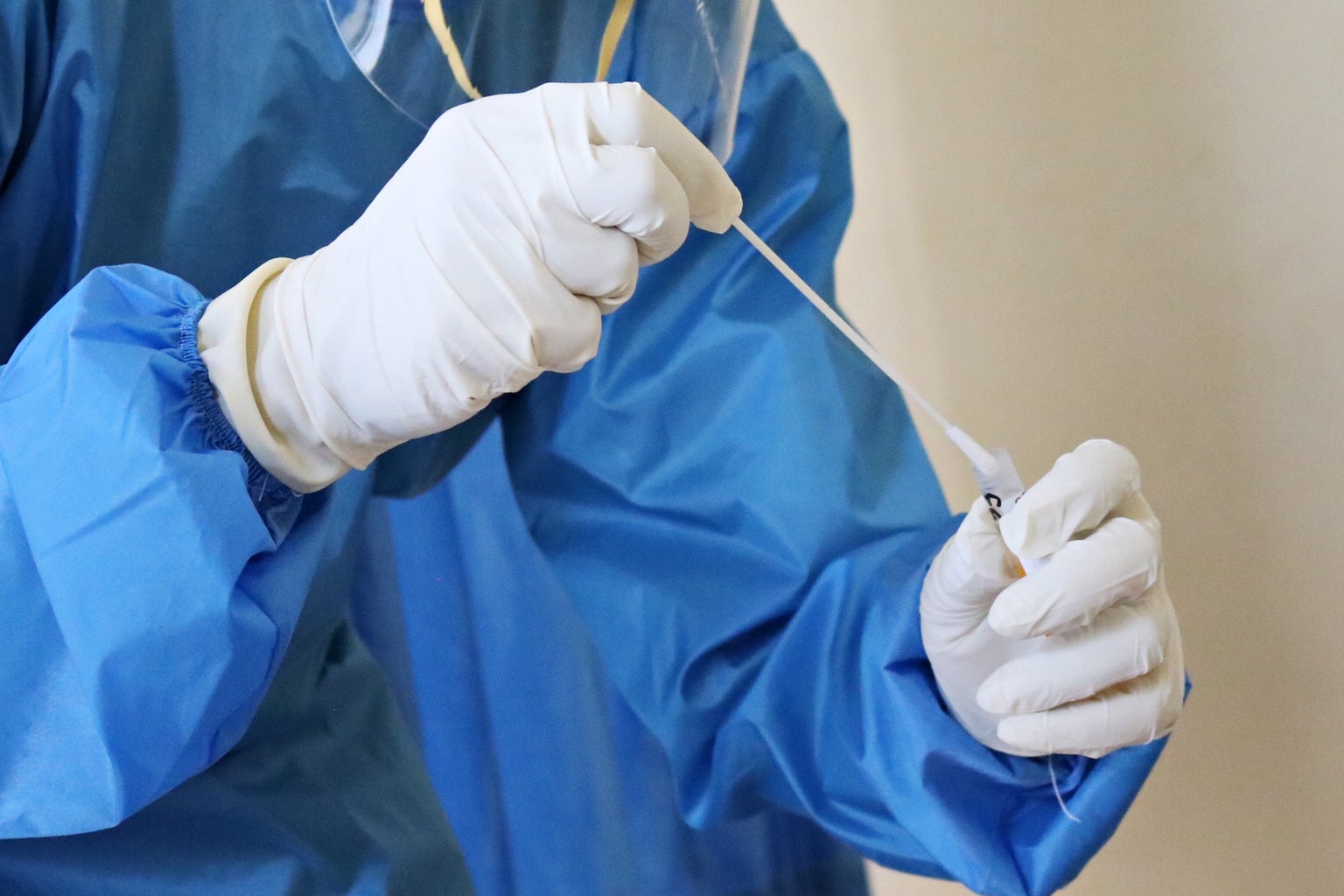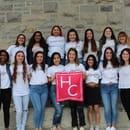With the coronavirus still affecting our lives, several of us have had to get tested. Some of us only sacrificed our nasal cavities, while others had to get chest x-rays. Sometimes, we take these diagnostic technologies for granted; in honor of her 153rd birthday, I would like to share my gratitude for Marie Curie, who helped invent the x-ray.
Marie Curie was born on November 7, 1867, in Poland. She was the youngest of five children born to two teachers. Heartbreakingly, Curie lost her mother when she was just ten years old and her family struggled financially, but she never let her unfortunate circumstances hinder her bright future; Curie studied and worked tirelessly for half a decade until she could finally afford to attend the Sorbonne in Paris, where she would earn her master’s degrees in physics — an opportunity that wasn’t available to women in Poland at the time.

A colleague from Sorbonne introduced Curie to her future husband, French physicist Pierre Curie. They were married in 1895. When Marie Curie discovered radioactivity, the two began to work together. The pair discovered radium and polonium together, and were working on developing the x-ray when Pierre died in a carriage accident in 1906. Marie preserved her late husband’s legacy by continuing their work. She also took over his teaching position at the Sorbonne, becoming the Sorbonne’s first female professor.
Marie Curie died in 1934 of aplastic anemia, likely caused by radiation exposure. By the end of her life, Curie had become the first woman to win a Nobel Prize — and the first person to ever win it twice — the first woman to work at the esteemed Sorbonne and had saved countless lives through her discoveries and her advocacy of science, all while raising her two daughters alone. Marie Curie should be an inspiration to all; she overcame the death of her loved ones, worked hard to attain an education once unavailable to her gender, helped pave the way for women in science and, almost 100 years later, still impacts us all through her work. For us, an x-ray is a simple diagnostic tool, and when we get one we don’t give its history much thought. But Marie Curie gave her life to save others and is still saving lives today. Help keep her legacy alive by acknowledging her and her contributions this November.
Thank you to Biography.com for providing information on Marie Curie. Read more about her and her legacy here.



